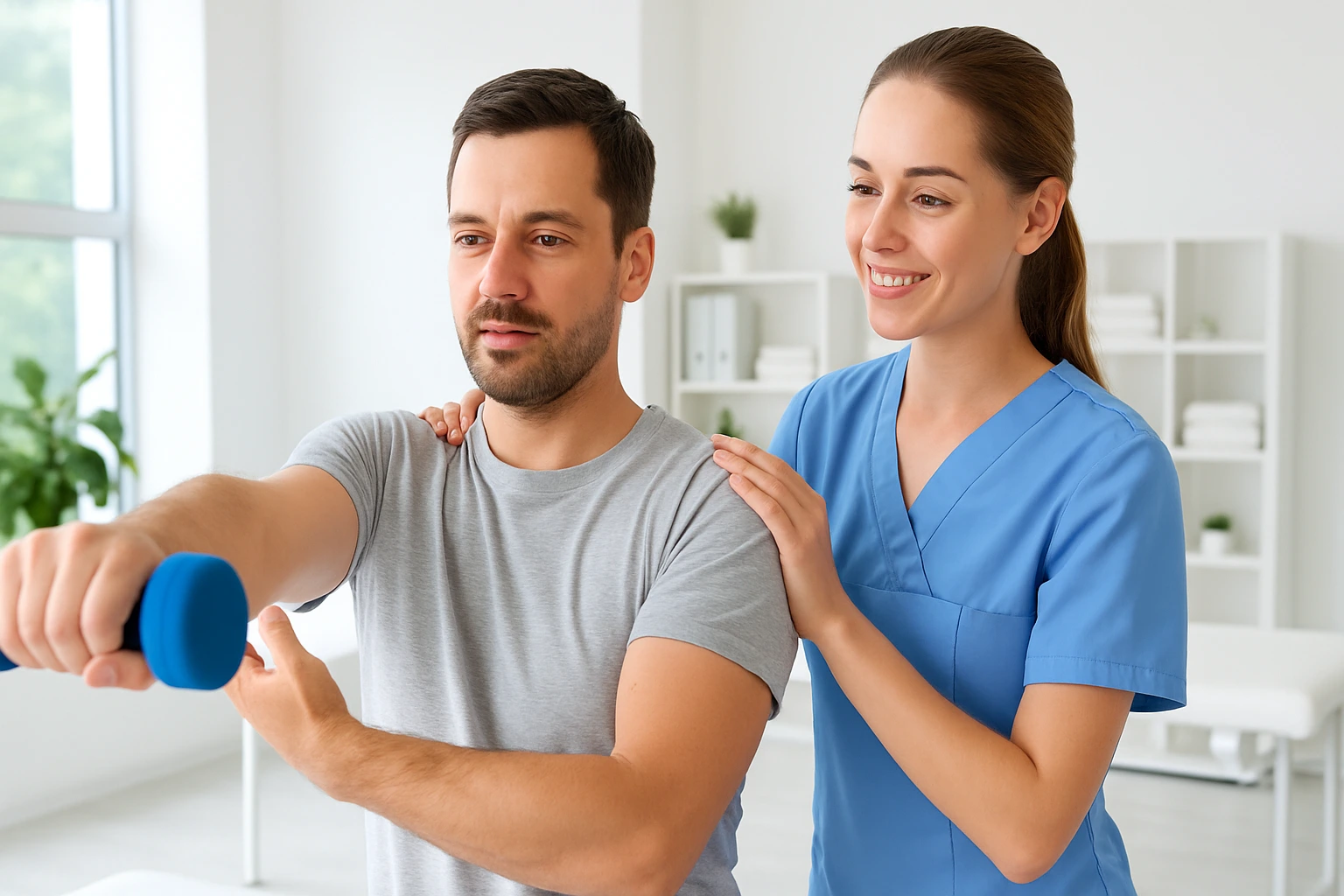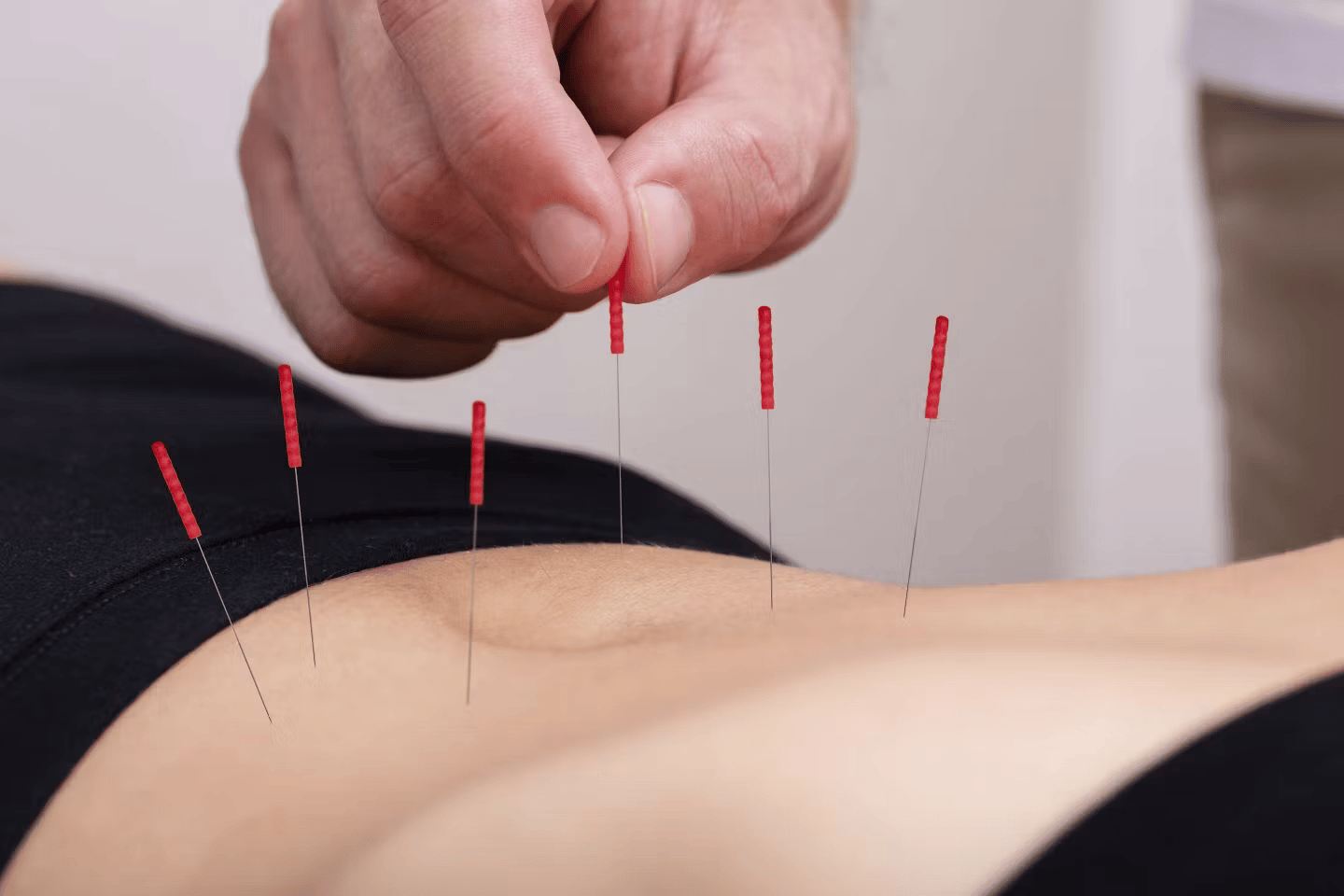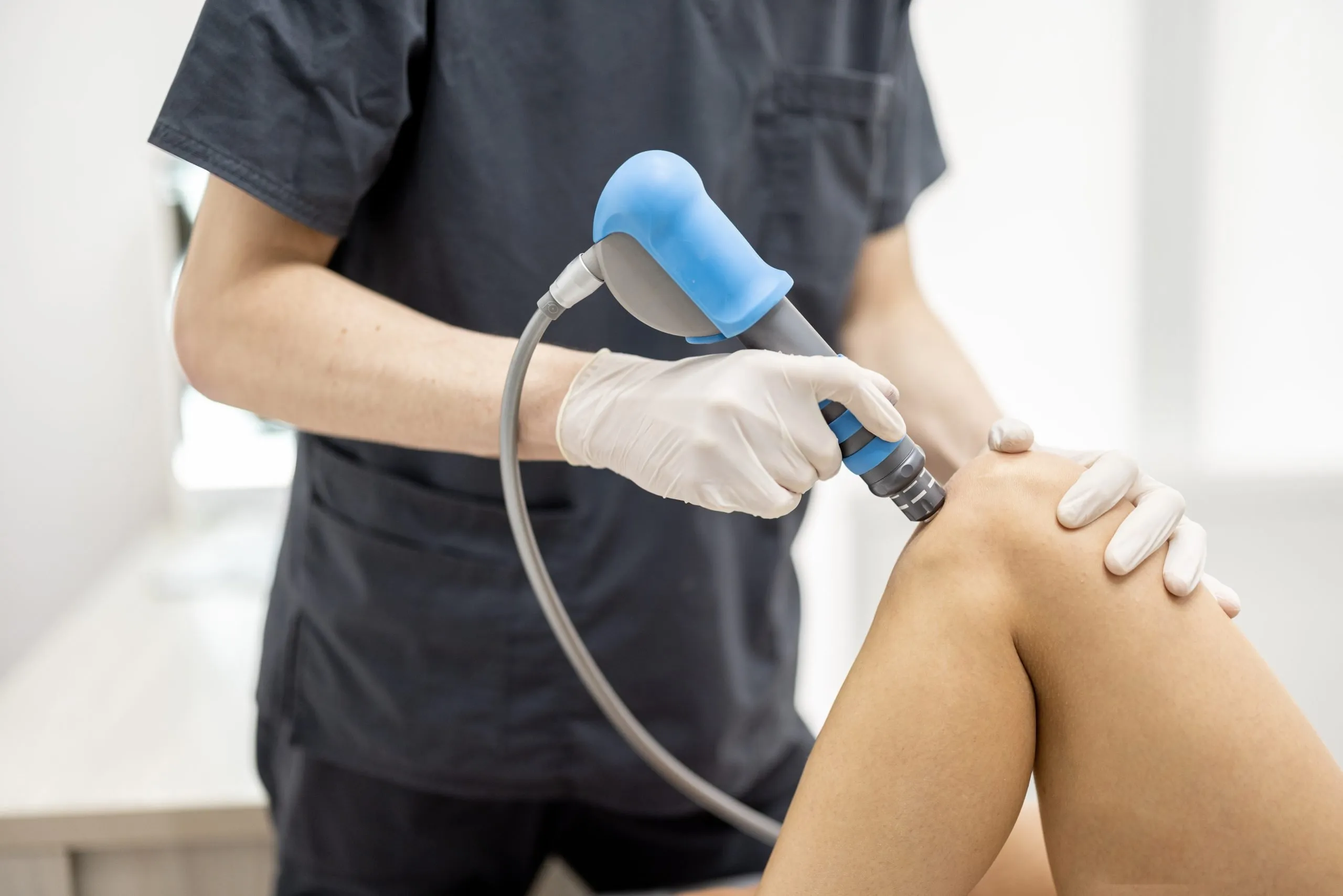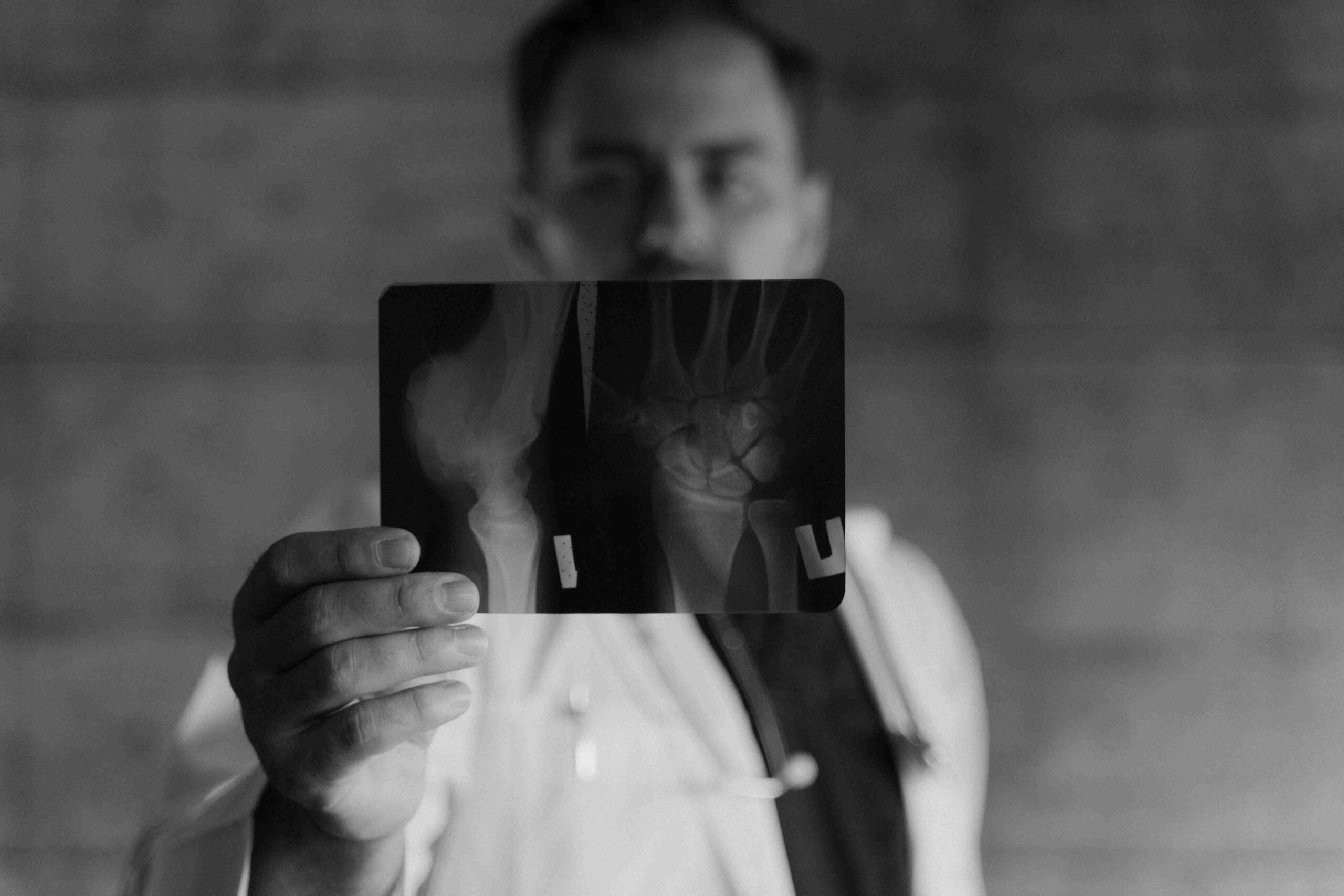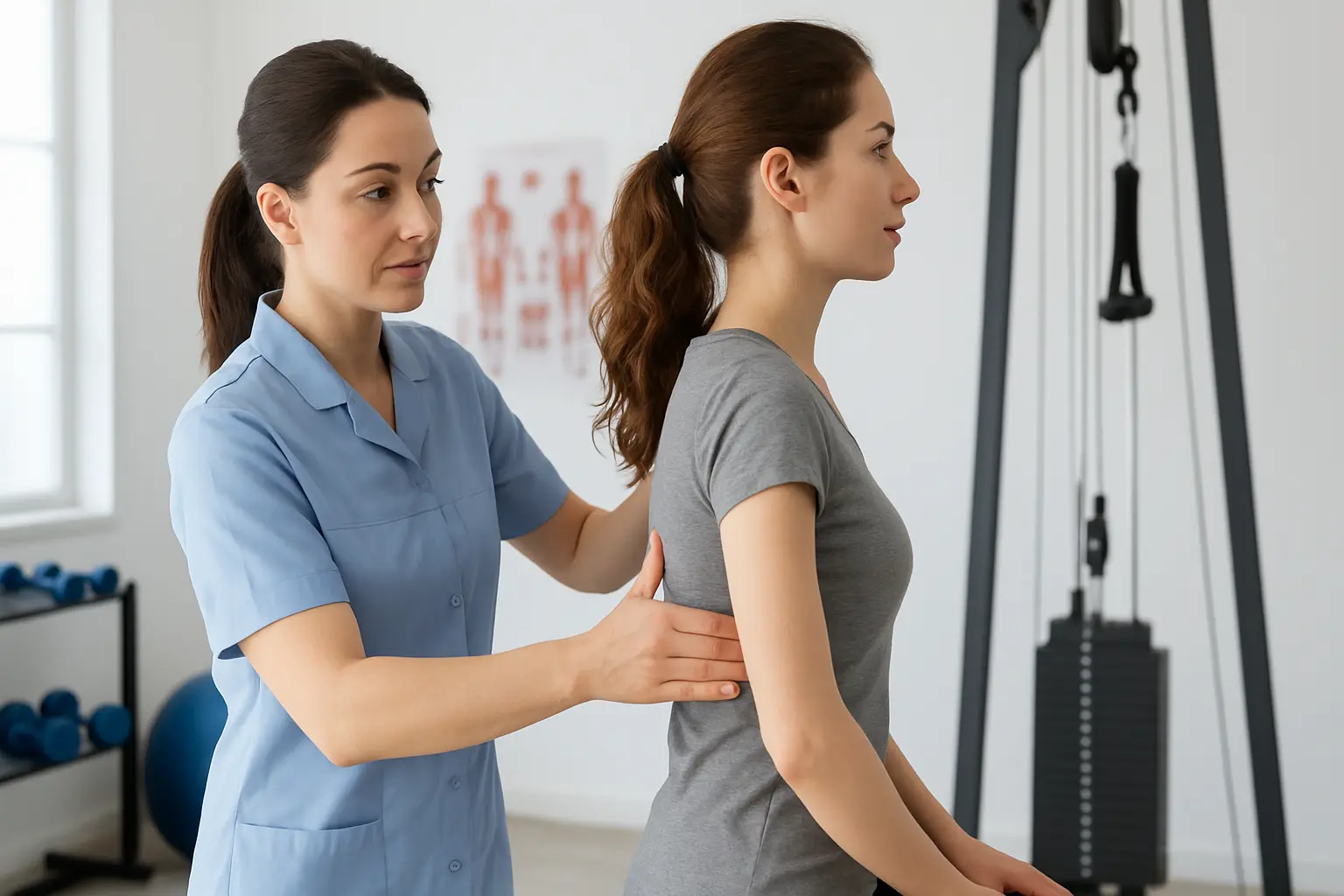

Introduction
Posture isn’t just about standing tall—it’s about balance, confidence, and comfort. But for people living with scoliosis, maintaining good posture can be a real challenge. The spine’s natural curve becomes uneven, causing the body to lean or twist, and that affects more than just appearance. It can lead to back pain, stiffness, fatigue, and even breathing problems.
This is where scoliosis physiotherapy plays a powerful role.
More than just a set of exercises, scoliosis physiotherapy is a personalized treatment that helps to retrain the body, improve alignment, and restore control. Whether you’re a teenager newly diagnosed with scoliosis or an adult managing long-term effects, the right therapy can help you move better, feel stronger, and stand taller—literally and figuratively.
In this article, we’ll explore how scoliosis physiotherapy can correct posture, reduce pain, and improve quality of life. And if you’ve been searching for real solutions, this is your sign to take that first step toward better alignment and greater confidence.
What Is Scoliosis?
Scoliosis is a condition where the spine curves sideways, forming an “S” or “C” shape instead of a straight line. It can develop in childhood (idiopathic scoliosis), due to neuromuscular conditions, or even appear in adults later in life (degenerative scoliosis).
Symptoms vary depending on the curve’s size and cause, but often include:
- Uneven shoulders or hips
- One shoulder blade sticking out
- Leaning to one side
- Back pain or muscle tightness
- Poor posture and body imbalance
While some cases are mild and need only monitoring, others benefit greatly from active treatment—especially when posture and daily comfort are affected.
How Scoliosis Affects Posture
Scoliosis shifts the spine out of its natural alignment, which causes the body to compensate in unhealthy ways. Muscles on one side of the body may become tight, while others become weak or overstretched.
This imbalance can lead to:
- A tilted head or neck
- Slouching or leaning
- Hunched shoulders
- A visible curve in the back
- Reduced range of motion
Correcting posture in people with scoliosis isn’t just about looking straighter—it’s about helping the body move efficiently, reduce strain, and stay pain-free.
What Is Scoliosis Physiotherapy?
Scoliosis physiotherapy is a type of treatment designed specifically to address the effects of scoliosis on the body. It uses targeted exercises, manual therapy, posture training, and sometimes breathing techniques to improve alignment and muscle balance.
Unlike general exercise routines, scoliosis physiotherapy is carefully personalized. It focuses on strengthening weak areas, stretching tight muscles, and retraining posture. The goal is not only to reduce the curve (if possible), but also to help you feel more comfortable and confident in your body.
Benefits of Scoliosis Physiotherapy
1. Better Posture
Therapists teach you how to align your spine in a way that feels natural and sustainable. You’ll learn how to sit, stand, and move with more awareness and control.
2. Reduced Pain
Back pain is a common complaint among people with scoliosis. Physiotherapy helps relieve tension, improve flexibility, and reduce pressure on sensitive areas.
3. Improved Strength and Balance
The exercises focus on strengthening core muscles and improving balance—two key ingredients for better posture and stability.
4. Increased Flexibility
Gentle stretches help loosen tight muscles and improve movement in the spine, shoulders, and hips.
5. Boosted Confidence
As your posture improves, you may feel more confident in your appearance and more capable in your everyday life.
What Happens During a Scoliosis Physiotherapy Session?
At your first visit, the physiotherapist will assess your spine, posture, strength, and flexibility. They’ll also ask about any symptoms like pain, stiffness, or fatigue.
From there, they’ll create a treatment plan that may include:
- Posture training: Learning how to sit, stand, and walk with better alignment.
- Schroth Method techniques: A scoliosis-specific exercise approach using breathing, posture, and muscle re-education.
- Manual therapy: Hands-on techniques to release tension and mobilize the spine.
- Strengthening exercises: Especially for the core, back, and hips.
- Stretching routines: To target tight areas and improve range of motion.
- Balance work: Using tools like balance pads or stability balls.
The key is consistency. Even short daily practice at home can lead to long-term improvements in posture and comfort.
Is Scoliosis Physiotherapy Only for Children?
Not at all. While scoliosis is often diagnosed during teenage years, adults with scoliosis can also benefit from physiotherapy—especially if they’re experiencing pain or posture issues.
For teens, early treatment can help slow curve progression and build good posture habits. For adults, physiotherapy can help manage chronic symptoms, improve daily function, and prevent the condition from getting worse.
How Long Does It Take to See Results?
Every case is different, but most people notice improvements in posture, comfort, and strength within a few weeks of starting scoliosis physiotherapy. Long-term progress depends on:
- The severity of the curve
- How often you do your exercises
- Your body’s response to treatment
Physiotherapy doesn’t always “fix” the curve, but it can make a huge difference in how your body feels and functions.
Taking the First Step
If you or your child has scoliosis, starting physiotherapy early is one of the best things you can do. It’s a safe, natural way to manage the condition, improve posture, and take control of your health.
Look for a clinic that has experience with scoliosis-specific treatment methods and offers personalized plans. Don’t be afraid to ask questions or request a consultation.
Conclusion: Let Synapse Physiotherapy Help You Stand Tall
Living with scoliosis doesn’t mean living with pain or poor posture. With the right guidance, your spine can become stronger, more balanced, and more comfortable.
At Synapse Physiotherapy, we specialize in scoliosis care tailored to your needs. Our therapists combine proven methods with genuine care to help you move better, feel better, and stand taller—inside and out.
Ready to take the first step toward better posture? Contact Synapse Physiotherapy today and let’s begin your journey to a more aligned, confident you.
Tags :

Back & Neck Pain
- Spine & Core Rehabilitation
- Strength & Conditioning Programme
- Pain Management
- Biomechanical Assessment
- Sports Physiotherapy
- Group Class
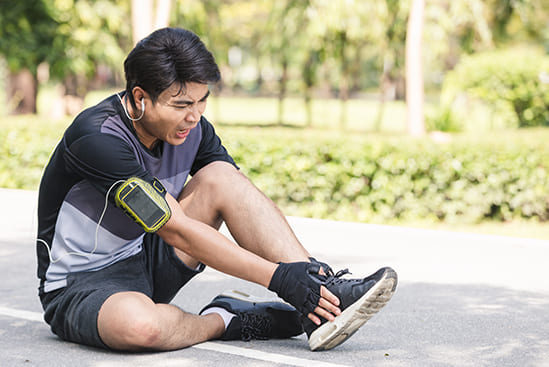
Sports Injuries
- Strength & Conditioning Programme
- Pain Management
- Biomechanical Assessment
- Sports Physiotherapy
- Shockwave Therapy
- Group Class

Work Desk Injuries

Pre-Post-Surgical Conditions

Scoliosis & Postural Abnormalities
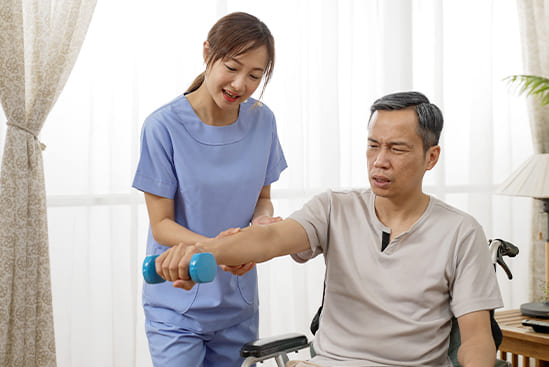
Neurological Conditions

Osteoarthritis & Rheumatism
Joint degeneration and inflammation happens as the human body grows older, but that does not mean our way of life degenerates as well. Relief your joint pains with a joint effort together with your physiotherapist, who will provide pain-relief treatments and prescribe exercises for your wellbeing.
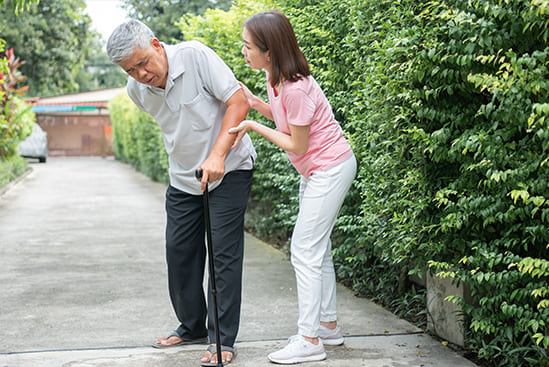
Conditions Relating To Elderly
Common conditions in the older age population include hips & knee pain, back & neck pain, osteoarthritis, rheumatism, fear of falling and many more. Aging and degeneration of bodily function is inevitable, but here at Synapse, we will help you live the best of your life.


